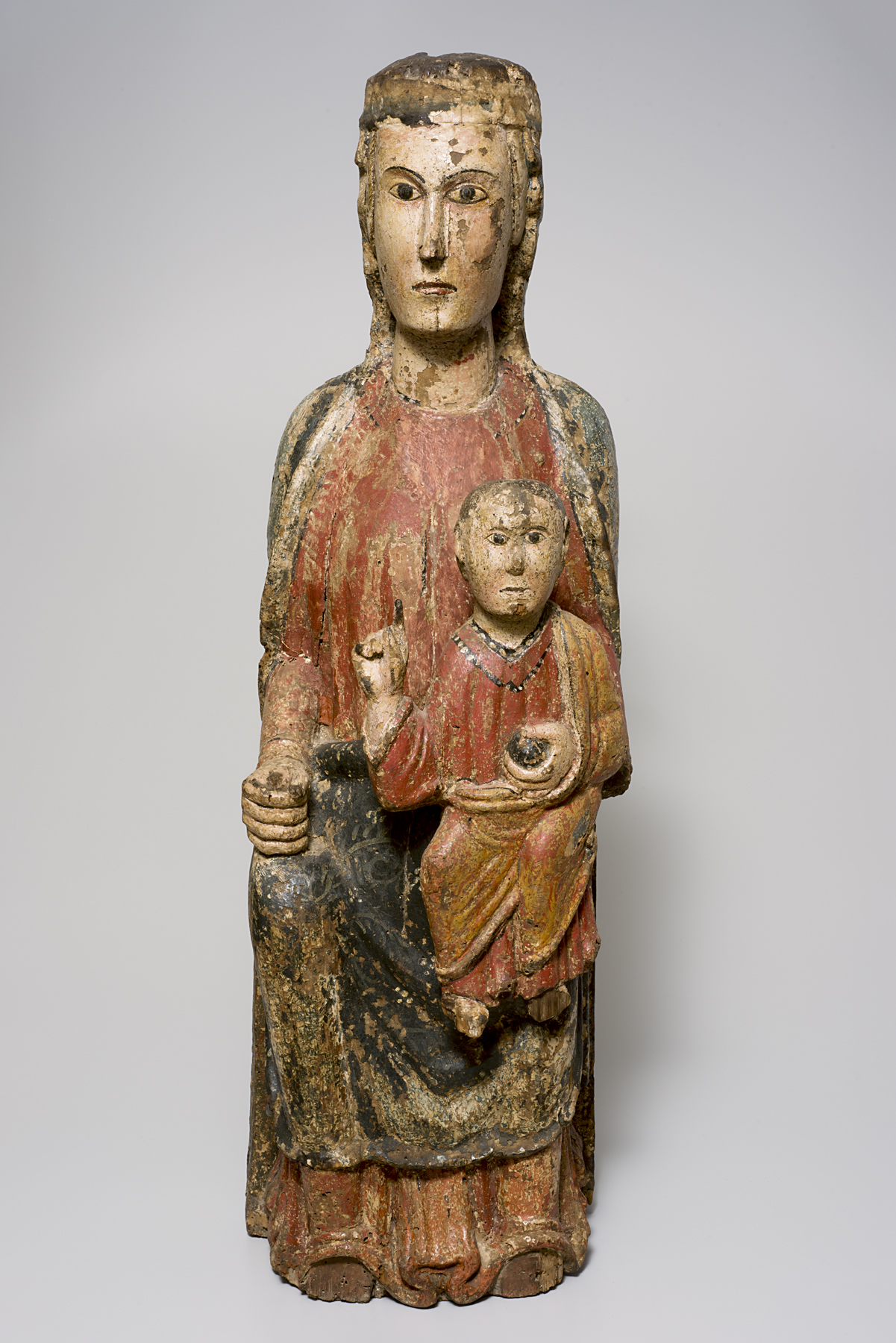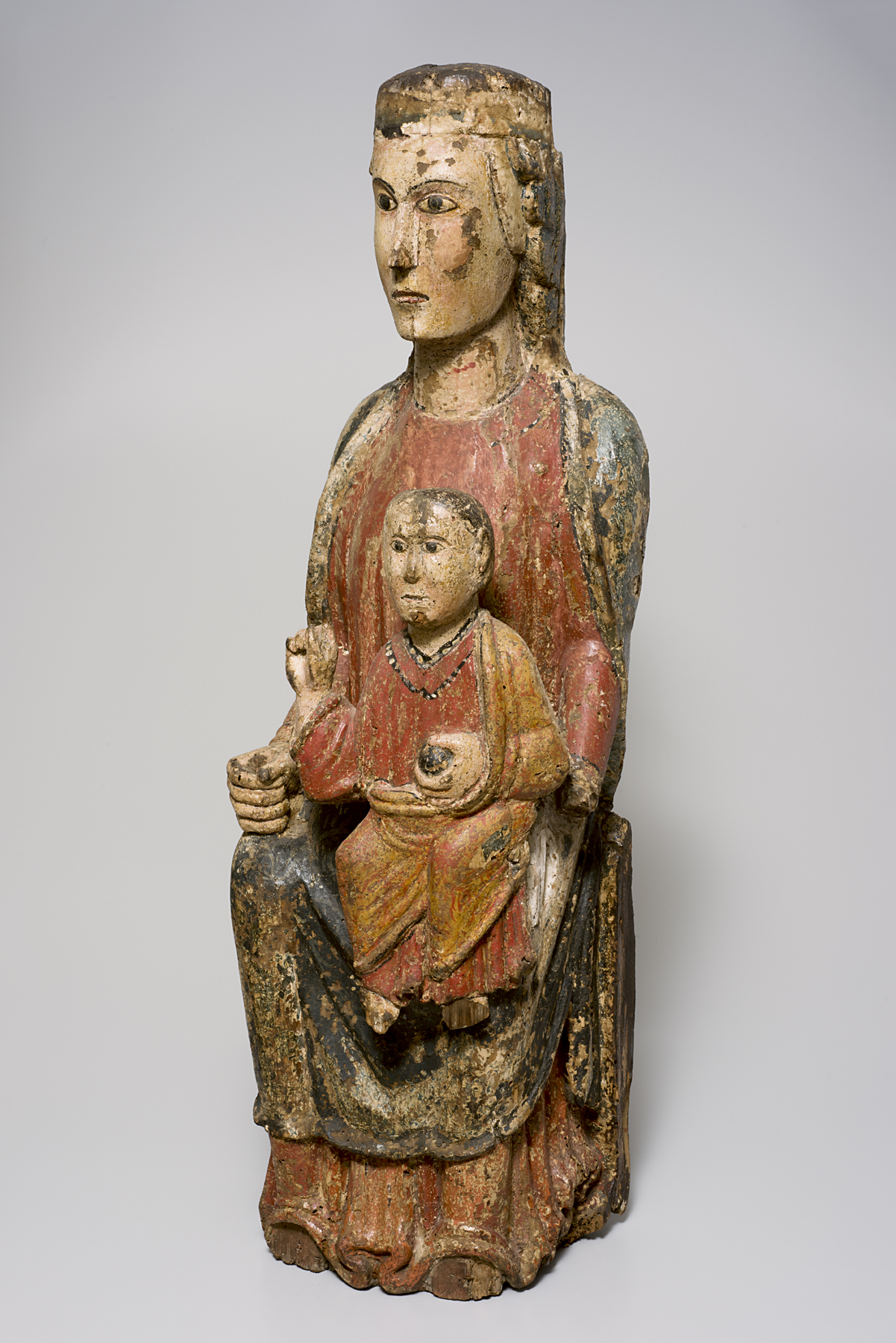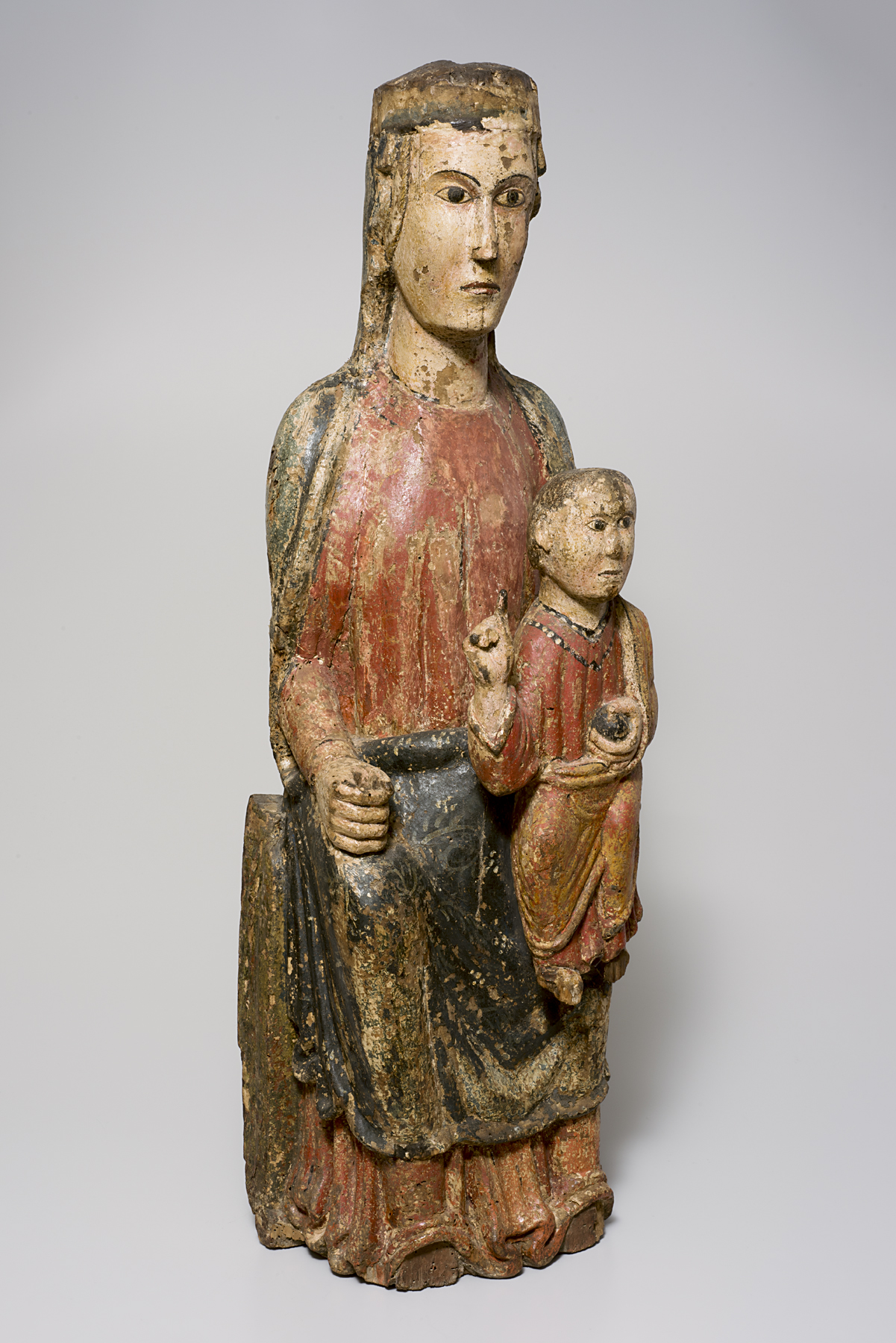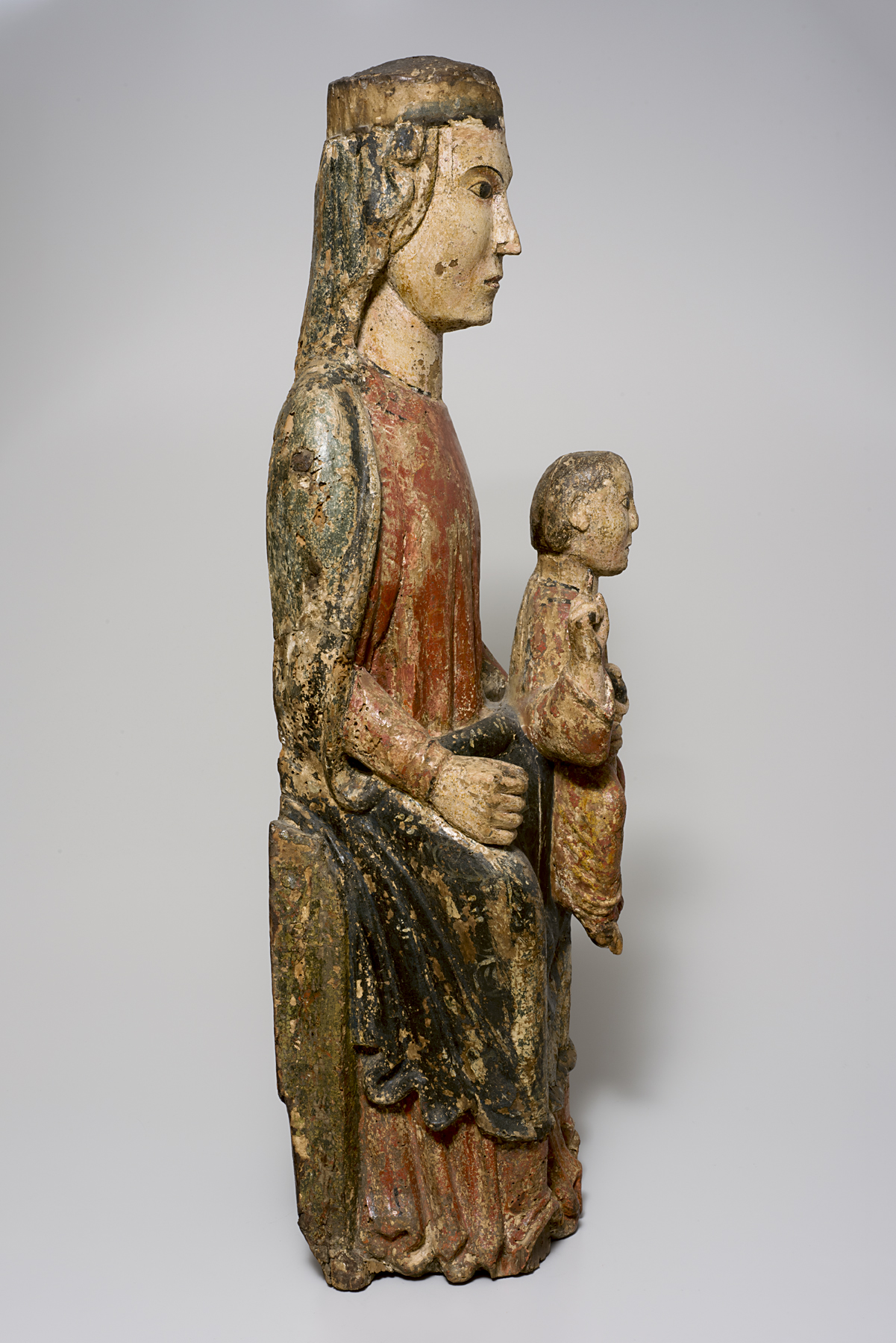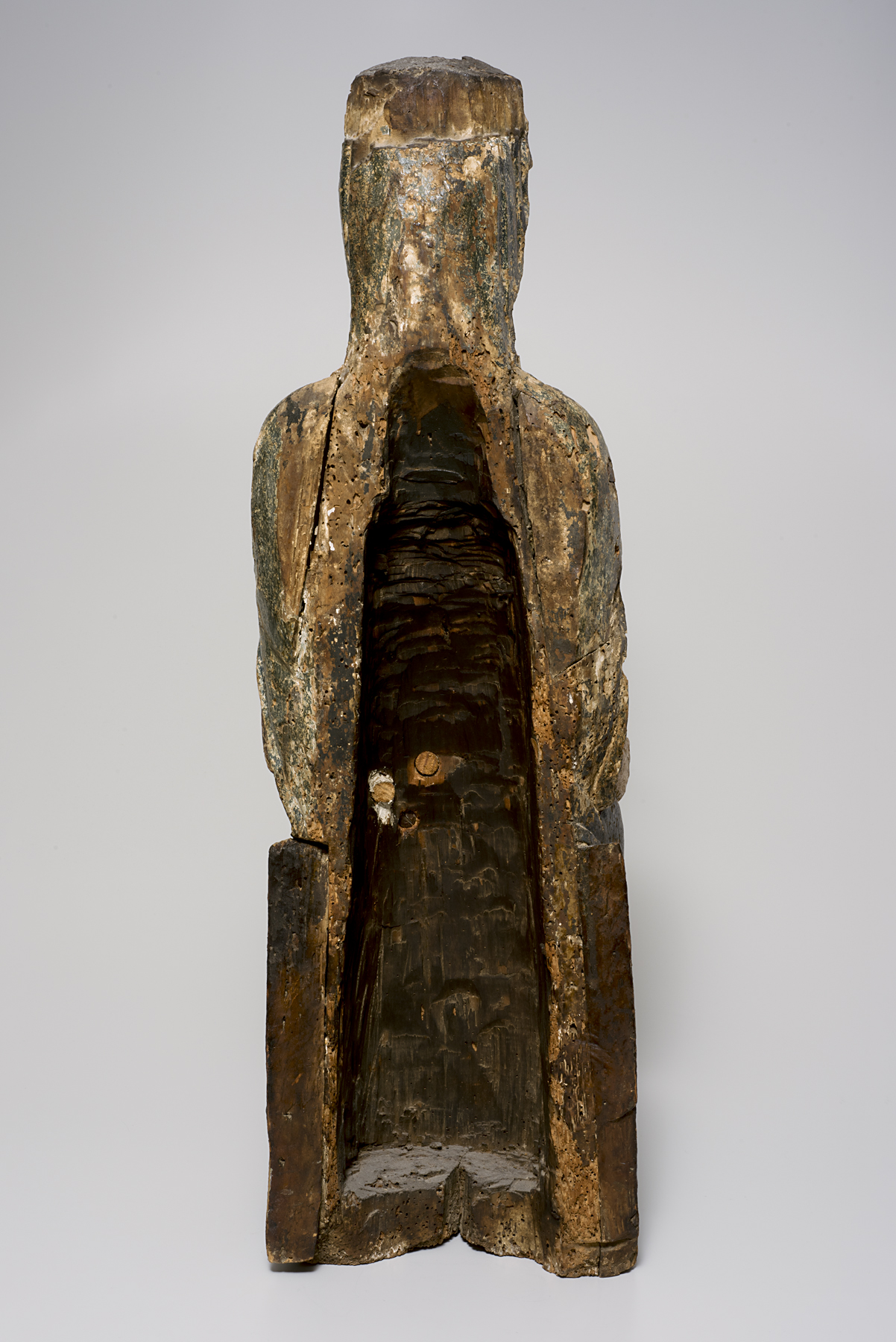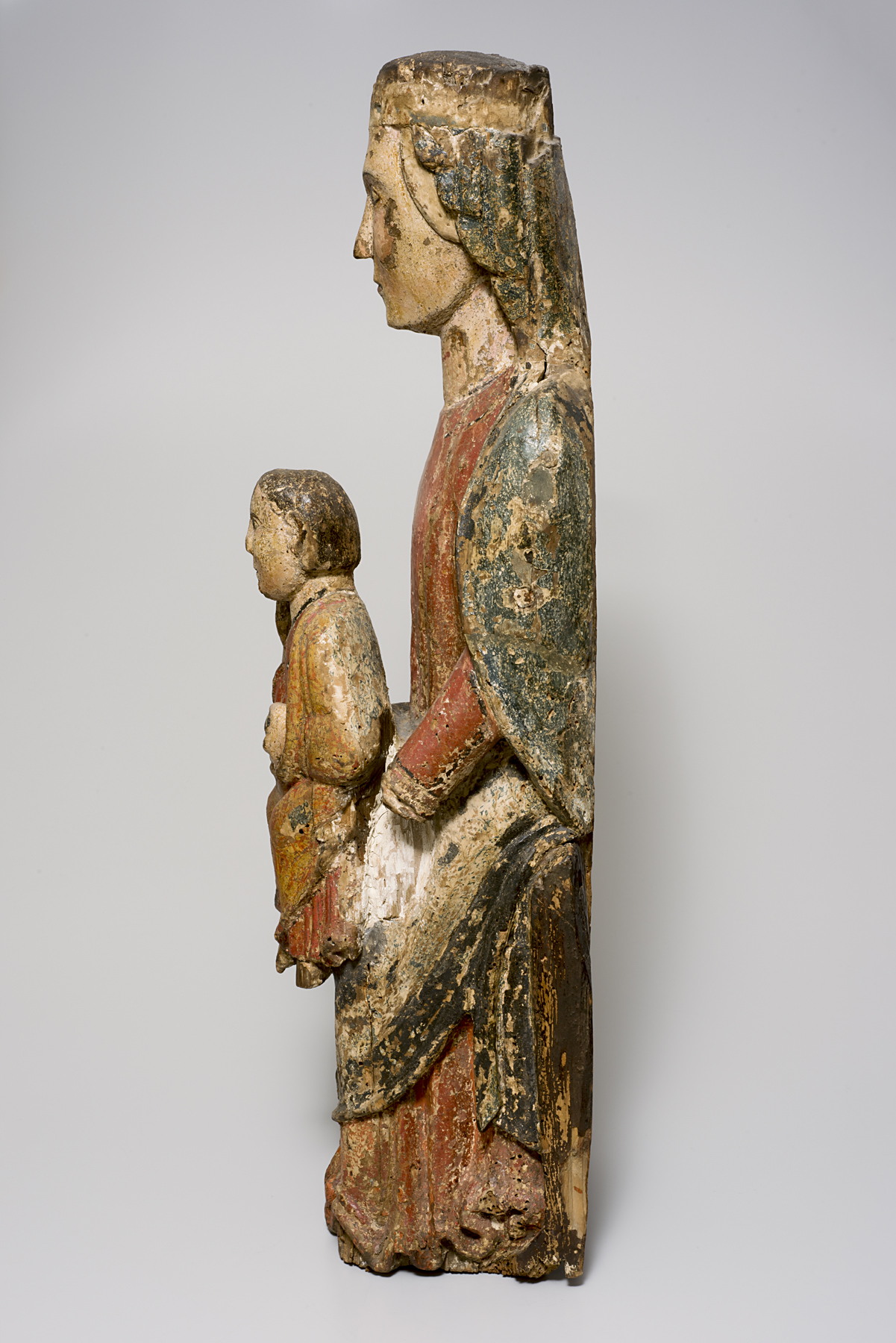Madonna and Child, unknown maker from Italy
Artwork Overview
Madonna and Child
, circa 1200s
Where object was made: Republic of Florence or Republic of Venice (present-day Tuscany, Italy)
Material/technique: polychromy; wood
Dimensions:
Object Height/Width/Depth (Height x Width x Depth): 94 x 28.9 x 27.9 cm
Object Height/Width/Depth (Height x Width x Depth): 37 x 11 3/8 x 11 in
Object Height/Width/Depth (Height x Width x Depth): 94 x 28.9 x 27.9 cm
Object Height/Width/Depth (Height x Width x Depth): 37 x 11 3/8 x 11 in
Credit line: Museum purchase
Accession number: 1957.0001
Not on display
If you wish to reproduce this image, please submit an image request
